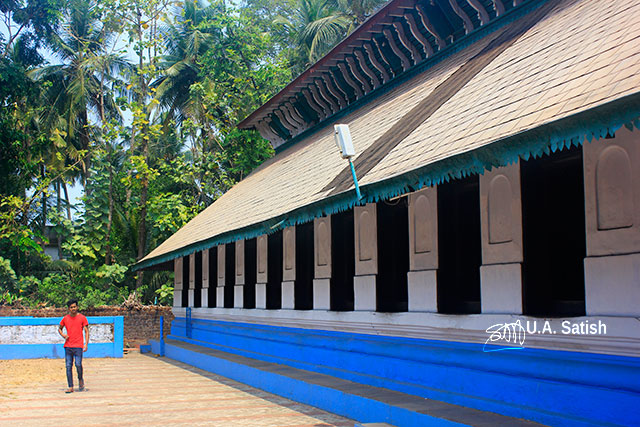Mobile photography has been the game changer although digital cameras have made photography affordable. Mobile cameras are handy and easy to access. However there is a common misconception that big and expensive cameras are a prerequisite for capturing excellent photos. It is the photographer who makes the picture and not the camera.
1. Know Your Camera
Many users tend to always use the cameras in auto mode. This approach may not result in acceptable results. Spend a few minutes to read the user manual. Explore the settings and buttons in the camera. This will help you in taking better photos in all types of conditions.
2. Look for Light

Look around and see where the light is coming from. It can be natural or artificial light. The sun at mid-day will cast harsh shadows. The slanting light through a window is likely to be mellow. Remember to not photograph people when their faces are backlit. You will lose most of the details in the faces.
The sky creates beautiful colours in the sky at sunset and sunrise.
3. Keep Your Lens Clean
The camera lens in phones has no protective cover. It may collect dust particles and even be smeared with sweat. Keep a piece of lint-free cleaning cloth to wipe the lens. It will remove fingerprints and smudges without leaving a scratch.
4. Avoid Using the Zoom

The vast majority of mobile phone camera do not have optical zoom. The lens does not move to adjust the field of view. Instead, the camera software crops the image to a smaller size and produces the zoom effect. You can do this yourself later if needed.
5. When to Use the Flash
Images in natural light are considerably more appealing. I therefore always keep the flash in off mode. If it is in auto mode, you do not know when the flash will unexpectedly fire. If there is no other alternative for light, you can turn on the phone flash.
6. Remember to Focus

Remember to get the focus right. Many smartphones allow you to select the focus location. Choose manual focus if auto focus does not work well. Macro images need special attention to focus.
7. Set the Exposure Manually
Once you do the focus, the exposure adjustment is rather easy. You can increase or decrease the exposure until it is okay. The default setting is Auto Exposure. You can override it as and when necessary.
8. Keep the Camera Steady

Holding the camera properly is the key to avoiding blur. Hold it with both hands and keep the arms close to your body. You may also rest the camera on a stable surface. If there is a manual mode that supports long exposure, a tripod will be useful.
9. Compose the Picture Carefully in Mobile Photography
The guidelines of composition applies to mobile photography too. These guidelines help you take more compelling images.
You can turn on the grid lines on the camera screen to position the key elements in your frame along the grid lines. Moreover one can use leading lines to pull the viewer into the picture. And your viewpoint has a massive impact on the composition.
Related Post
If you liked the post, you could…
Join more than 5,000 fans of UASATISH by liking us on Facebook, or follow us on Twitter and Instagram.
